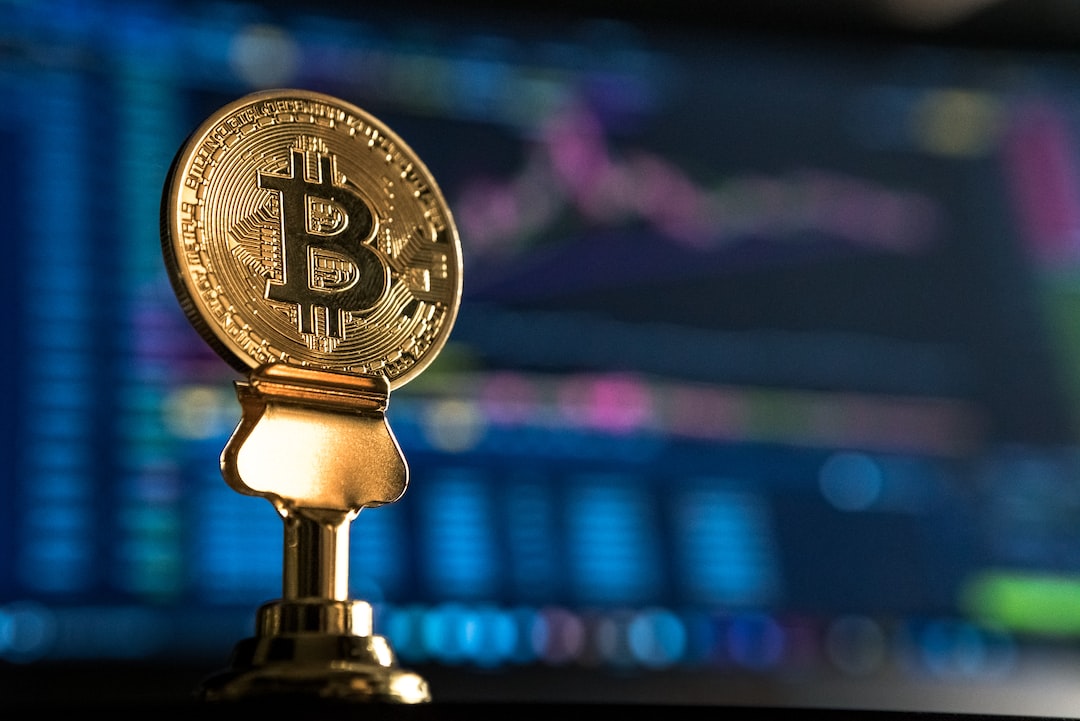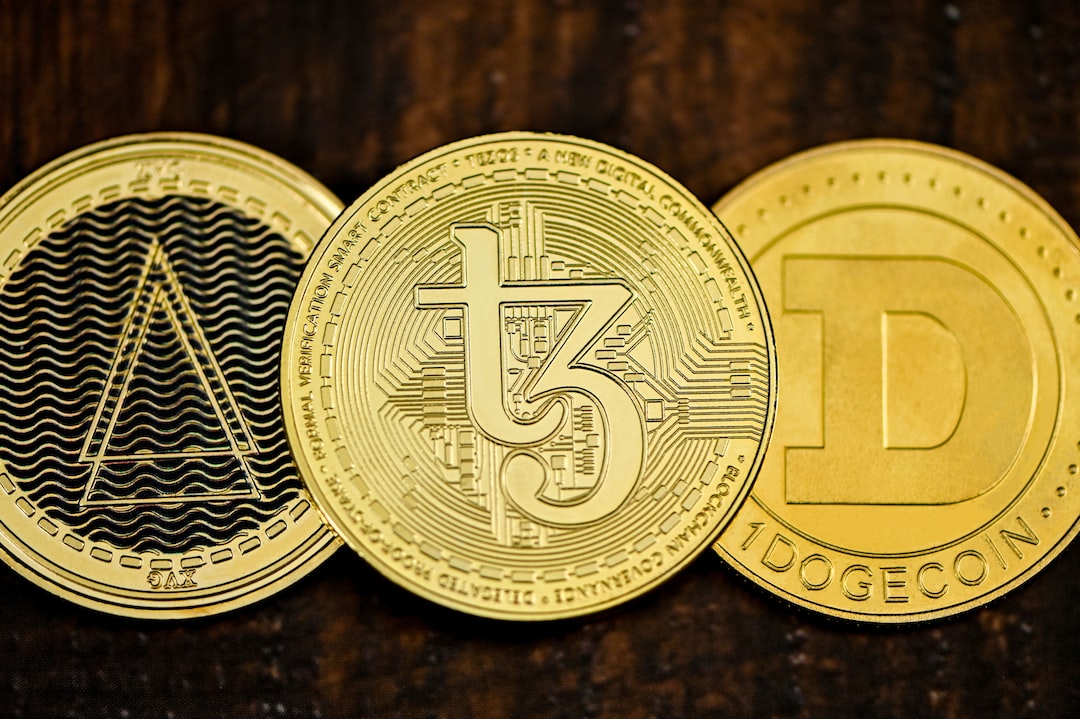Exploring the Evolution of ERC Token Standards: From ERC20 to ERC721 and Beyond
Cryptocurrencies have revolutionized the way we think about money and value exchange. With the rise of blockchain technology, various token standards have emerged to facilitate the creation and management of digital assets. One of the most widely adopted token standards is the Ethereum Request for Comments (ERC) series, which has played a significant role in shaping the cryptocurrency landscape. In this article, we will explore the evolution of ERC token standards, starting from ERC20 and moving towards ERC721 and beyond.
The Birth of ERC20:
ERC20, introduced in 2015, is a technical standard used for creating fungible tokens on the Ethereum blockchain. Fungible tokens are interchangeable with each other, meaning that each token holds an equal value and can be exchanged on a one-to-one basis. This standard brought about a new era in cryptocurrency by enabling developers to easily create their own tokens with standardized functionalities. With ERC20 tokens, you can create your own digital currencies or utility tokens that can be used for various purposes such as crowdfunding or loyalty programs.
Advantages of ERC20 Tokens:
ERC20 tokens offer several advantages over traditional cryptocurrencies. First and foremost, they are highly compatible with existing Ethereum infrastructure and can be easily integrated into wallets and exchanges. Additionally, ERC20 tokens provide a high level of liquidity as they can be traded on decentralized exchanges without any intermediaries. Furthermore, these tokens are highly customizable, allowing developers to implement additional functionalities such as voting rights or revenue sharing mechanisms.
The Rise of ERC721:
While ERC20 tokens paved the way for widespread tokenization, they lacked one crucial feature – uniqueness. This limitation gave birth to a new token standard known as ERC721, introduced in 2018. Unlike ERC20 tokens, ERC721 tokens are non-fungible, meaning each token is unique and cannot be replaced by another token of equal value. This uniqueness has opened up a whole new world of possibilities for digital assets, such as collectibles, virtual real estate, or even in-game items. With ERC721 tokens, you can own and trade one-of-a-kind assets securely on the Ethereum blockchain.
Benefits of ERC721 Tokens:
The introduction of ERC721 tokens has unlocked numerous opportunities within the cryptocurrency ecosystem. These tokens have given rise to the concept of decentralized ownership and provenance, where individuals can truly own digital assets without relying on centralized authorities. Additionally, ERC721 tokens have sparked the growth of blockchain-based gaming and virtual reality experiences, allowing players to own and trade unique in-game items. The potential applications of ERC721 tokens extend beyond gaming to areas such as art, music, and even identity verification.
The Future Beyond ERC20 and ERC721:
As the cryptocurrency industry continues to evolve, we can expect further advancements in token standards. One notable development is the emergence of ERC1155, which combines the features of both ERC20 and ERC721 tokens. This hybrid standard allows for the creation of both fungible and non-fungible tokens within a single contract. With ERC1155 tokens, developers have more flexibility in designing complex ecosystems where different types of assets can coexist. This opens up new possibilities for creating diverse digital economies that cater to various use cases.
Frequently Asked Questions:
1. Can I convert an ERC20 token into an ERC721 token?
No, conversion between these two token standards is not possible due to their fundamental differences in design. Each standard serves a unique purpose and cannot be directly interchanged.
2. What are the advantages of ERC1155 tokens over ERC20 and ERC721?
ERC1155 tokens offer the advantages of both fungible and non-fungible tokens. They provide greater flexibility for developers to create diverse ecosystems where both types of assets can coexist.
3. Are ERC721 tokens only used for gaming and collectibles?
While ERC721 tokens gained popularity in the gaming and collectibles space, their applications extend beyond these areas. They can be utilized for various purposes such as digital identity verification or tokenizing real-world assets.
4. How do I create my own ERC20, ERC721, or ERC1155 token?
To create your own token, you need to have a basic understanding of Solidity, the programming language used for Ethereum smart contracts. There are various online resources and tutorials available that can guide you through the process.





 By
By
 By
By
 By
By
 By
By
 By
By